Keeping safety as your top priority is essential when exploring vast landscapes that offer abundant wildlife encounters.
Understanding proper behavior and preparation can make all the difference in your safety and the well-being of the wildlife you've come to admire.
Before you set out to explore the beauty of Alaska and its wild inhabitants, brushing up on important viewing and safety guidelines will ensure you're an informed and responsible visitor.
1. Know the Wildlife Seasons
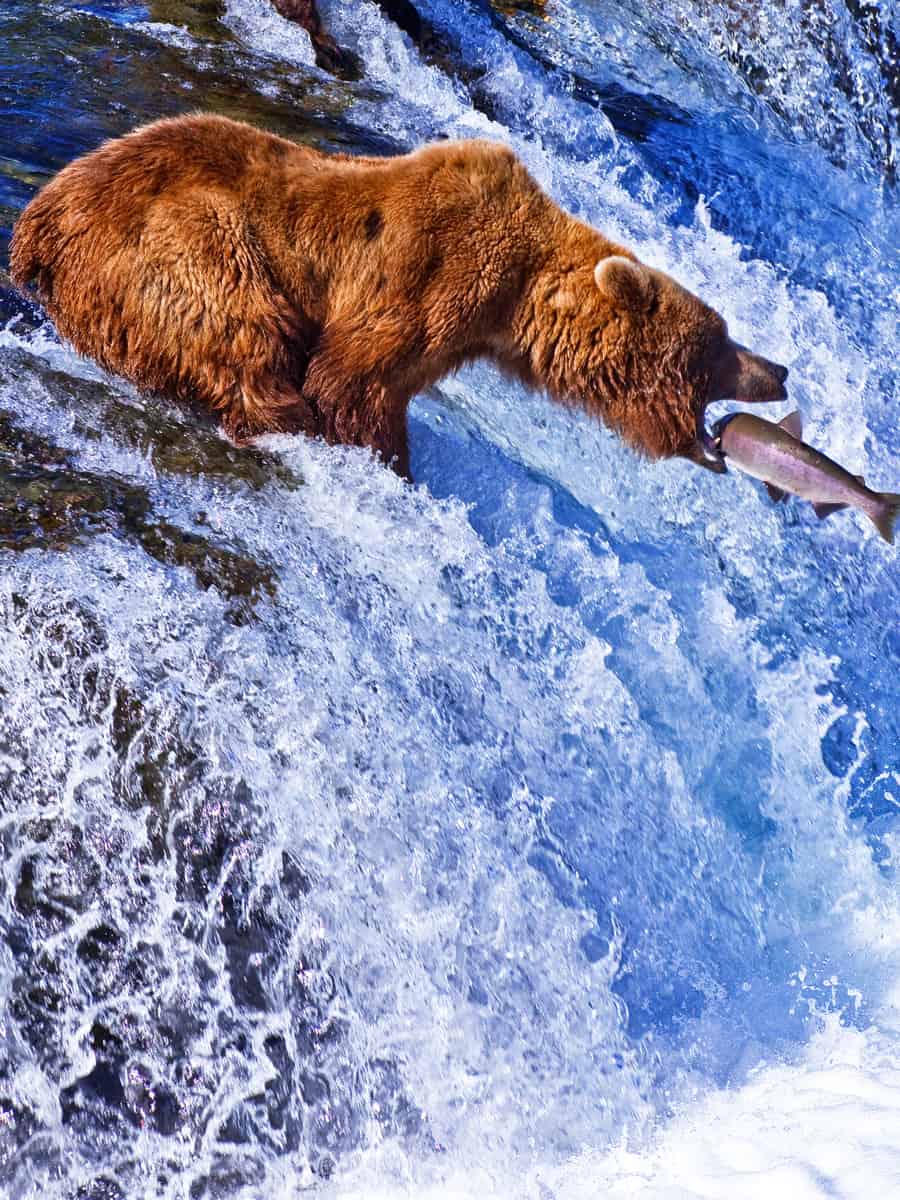
As you plan your journey, keep in mind that timing is everything. Understanding the behavior and active seasons of Alaska's potentially dangerous wildlife is crucial for safe viewing.
Bears, both grizzlies and black bears, emerge from hibernation in spring and are active until late fall, searching for food to replenish their reserves and, later, to prepare for the next hibernation.
Moose, particularly protective during their calving season in spring and aggressive during the rut in fall, can be found across Alaska's forests and suburbs.
Wolves, though less commonly encountered by humans, roam throughout Alaska and can be protective of their territory and pack.
Knowing when these animals are most active, you can better prepare to avoid unexpected encounters. Always check local wildlife activity reports and heed advisories when planning outdoor activities in Alaska.
2. Keep a Safe Distance
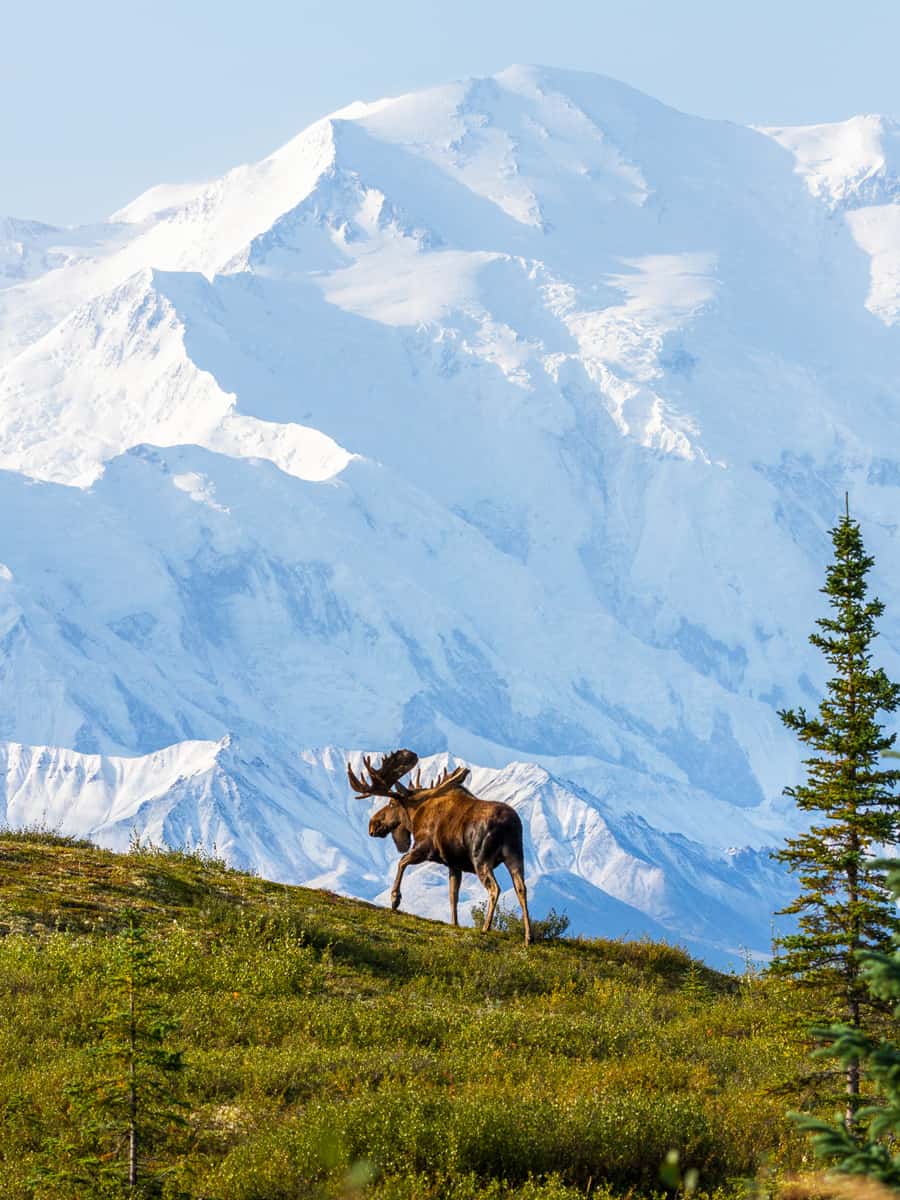
Spotting a wild moose or bear while trekking through Alaska's wilderness is breathtaking! But remember, while these creatures are magnificent, they're also wild.
Your safety and well-being depend on keeping your distance. Reach for your binoculars or camera with a zoom lens. These tools bring Alaska's wildlife to you without you having to step closer.
Watching wildlife from a safe distance keeps both you and the animals out of harm's way. If an animal does approach, it's on you to back away. Again, maintaining a gap ensures everyone's safety.
After all, these animals call Alaska home — you're technically just visitors in their incredible habitat. Always respect their space, and everyone stays happy.
3. Travel in Groups

You'll enhance your safety by sticking with a crew. Animals are less likely to approach a larger group. Plus, you've got a built-in photo-sharing club!
When you travel in numbers, the experience is more enjoyable, but you also have more eyes to spot wildlife and ears to listen for any signs of creatures nearby. It's a smart move that could make all the difference.
4. Carry Safety Equipment
Safety tools form a comprehensive kit that can help prevent wildlife conflicts and provide you with the means to respond effectively should an emergency arise.
While bear spray is essential for deterring bear encounters, other items can also enhance your safety. A whistle can be used to make noise to deter wildlife or signal for help in an emergency.
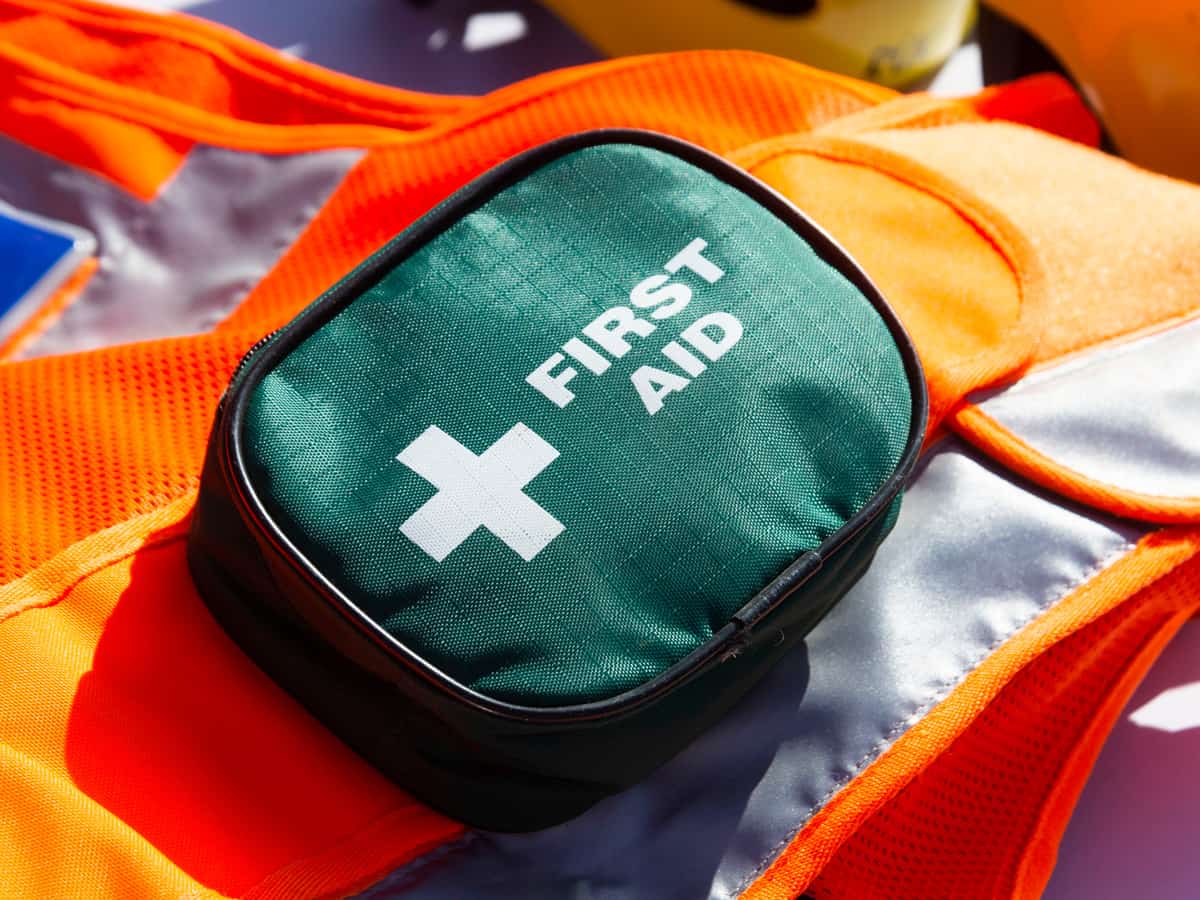
Carrying a first-aid kit is crucial for addressing minor injuries quickly to prevent them from becoming major issues.
Also, having a means of communication, such as a fully charged cell phone with an extra battery pack or a satellite phone, ensures you can call for help if you find yourself in a distressing situation.
Remember, cell service may be unreliable in remote areas, making a satellite phone a valuable investment for your safety.
5. Store Food Properly

Animals have a keen sense of smell, and what smells delicious to you smells just as tempting to them. Securing your snacks is key. Use bear-proof containers or store your food in your vehicle when not in use.
Also, don't forget to pack and dispose of food wrappers and leftovers in designated refuse areas. Unattended food can signal a free meal to a curious creature, even for a short period.
6. Stay on Designated Trails
Staying on designated trails is crucial. Alaska's natural habitats are carefully managed to provide security for both animals and visitors.
During your travels, you may encounter wildlife warnings and closures, which are put in place by park authorities.
These preventive measures safeguard wildlife during sensitive times such as mating or nesting seasons. When you respect these rules, you help maintain the delicate balance of Alaska's ecosystems.
For example, if you're visiting a park and you come across an area that's closed due to bear activity, it's for a good reason.
Bears can be unpredictable and dangerous, and park officials close areas to minimize the risk of encounters. By acknowledging these guidelines, you're keeping yourself safe and respecting the space wildlife needs to thrive.
7. Be Bear Aware
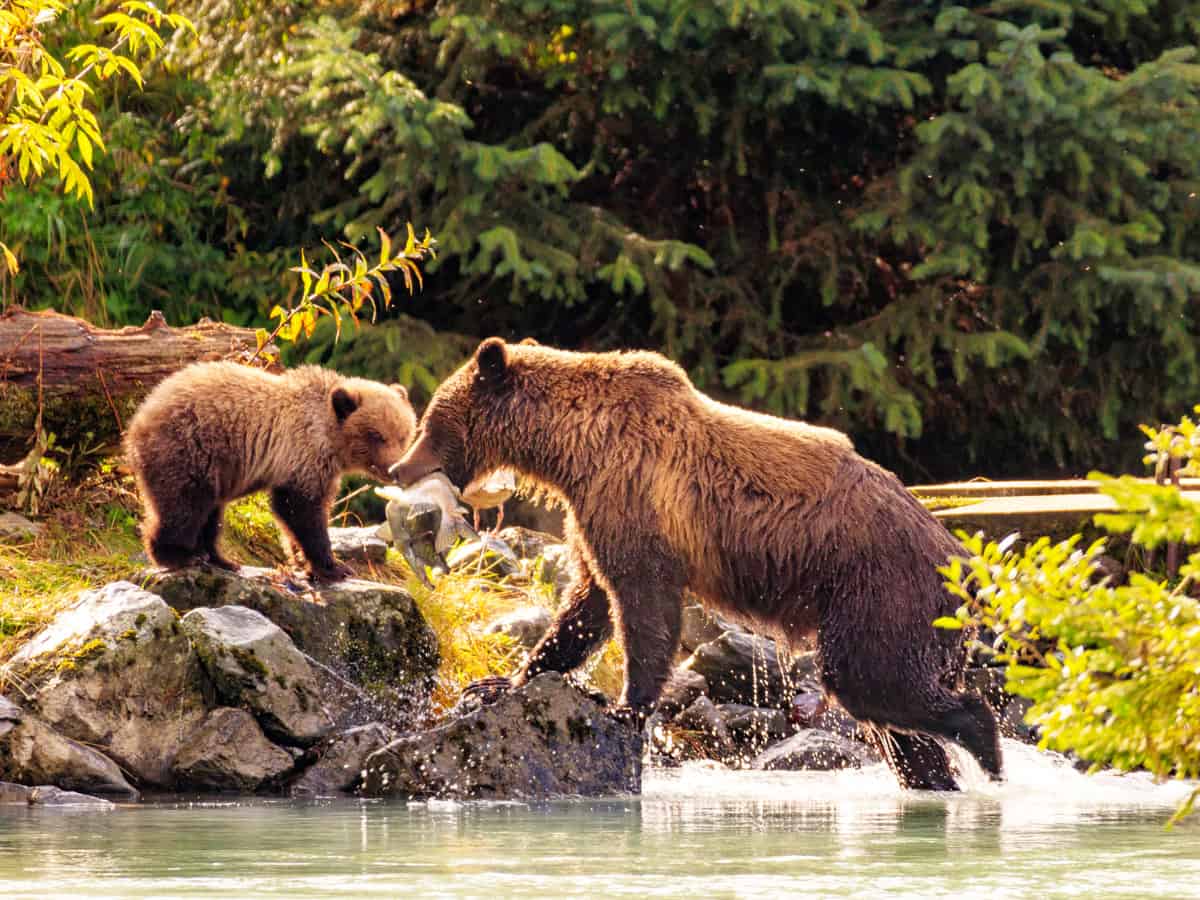
Stepping into the wilds of Alaska, you're entering bear country. It's thrilling to watch these majestic creatures in their natural habitat, but to protect both you and the bears, being bear-aware is key.
Firstly, educate yourself about bear behavior. Understanding warning signs, such as huffing or paw swatting, can prevent surprises.
Make noise while you move through brush or near rivers, as bears usually avoid humans when they hear them coming. Sing a tune or chat with a friend—it could make all the difference!
Again, you'll want to keep a safe distance; a good rule is to stay at least 300 yards away from any bear.
8. Keep Pets on a Leash or Leave them at Home
Dogs and cats can have an instinct to chase wildlife, which can be stressful for both the animals and potentially dangerous for your pet.
By having your pets leashed, you’ll prevent unwanted interactions that could lead to harm. Ensure that you're always prepared with a sturdy leash before heading out into Alaska's great outdoors.
Some areas might have strict guidelines about pet leashes, so it's best to check local regulations in advance.

In some cases, it might be best to leave your pets at home, especially if you plan to visit areas with high wildlife activity or where pets are not allowed.
Leaving pets at home ensures their safety and allows you to focus on the natural beauty and wildlife without worry.
9. Avoid Wildlife During Sensitive Times
During mating, nesting, and raising young, wildlife needs extra space. Give them a break and keep your distance.
In spring, birds are busy building nests, and in summer, mamma bears teach their cubs the bear necessities.
Steer clear of these sensitive areas to prevent animal stress, which can negatively impact their survival and reproduction. When salmon run in streams, for instance, bears are likely to be there feasting. It's not the best time for a close-up!
Spotting wildlife can be the highlight of your day, so long as it's done responsibly. Keep alert for signs such as animal tracks or warnings posted in viewing areas to identify if you're near a sensitive site.
10. Be Prepared for an Encounter
Your adventure could include surprise visits from the local wildlife, so staying alert and prepared is key. Firstly, educate yourself about the animals. Recognizing signs of bears, moose, or other wildlife is crucial.
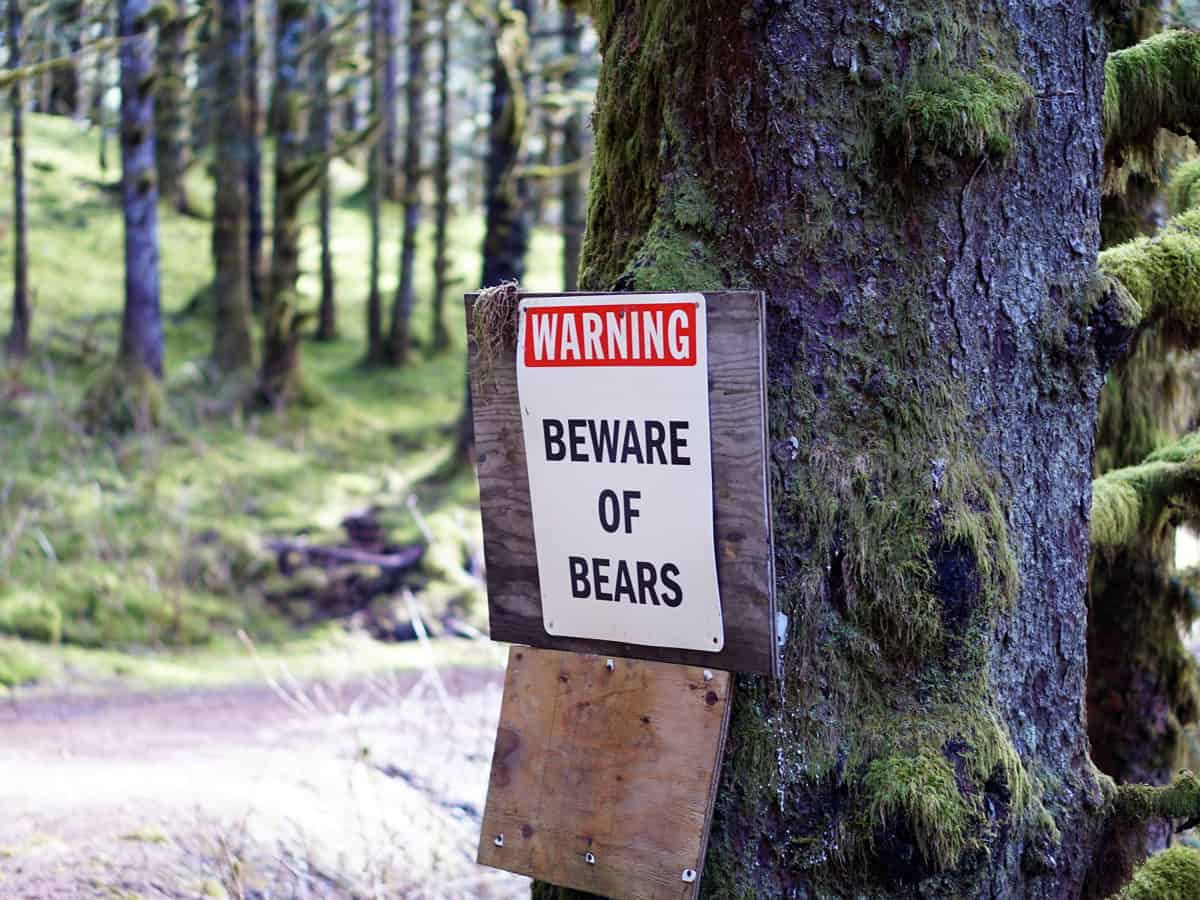
Stay composed when you encounter wildlife. Calmly and slowly backing away can de-escalate any tension. Conversing in gentle tones lets animals know of your presence without startling them.
Familiarize yourself with local resources. Rangers and guides are wellsprings of knowledge regarding animal behaviors and safety protocols.
Get Ready for an Alaskan Wildlife Viewing
Embracing the wonders of Alaska's wildlife is truly exhilarating, but your safety and protecting nature are paramount.
Remember to keep a safe distance from the animals to ensure you've got it all packed down. Always stay on marked trails and respect wildlife habitats.
Be prepared for the unexpected; Alaska's weather can be unpredictable. Dress in layers and carry rain gear. Let someone know your plans and when you expect to return.
Lastly, enjoy each moment. Capture memories with your camera, but keep the flash off. Cherish your Alaskan wildlife experience, carrying the essence of these moments with you long after you've returned home.

